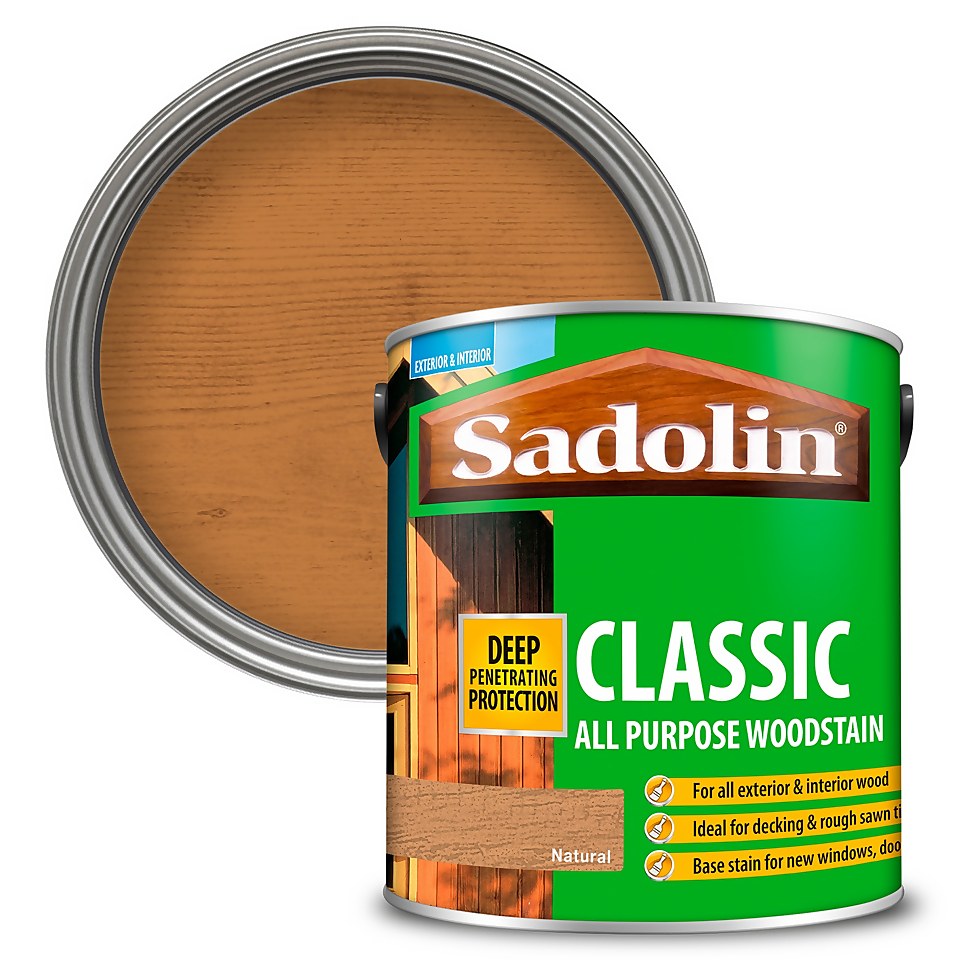
### Tree Bark Innovation: A Sustainable Water-Resistant Coating for Timber
In a remarkable advancement towards sustainability within the construction and wood processing sectors, scholars from Sweden and Latvia have leveraged the inherent protective qualities of tree bark to develop an eco-friendly, water-repellent coating for timber. This pioneering coating, crafted by a team orchestrated by Mika Sipponen from Stockholm University, marks the first instance of a coating being sourced entirely from tree bark, thereby eliminating the necessity for synthetic chemicals. This accomplishment underscores the both environmental and practical advantages of utilizing nature-inspired materials in the battle against ecological degradation.
#### **The Challenge of Wood Durability**
While wood is a plentiful and renewable resource, it often encounters obstacles when employed in outdoor conditions. Exposure to moisture, sunlight, heat, and microorganisms can result in structural deterioration and diminished longevity. To mitigate these problems, protective coatings are customarily applied to wood products. However, traditional coatings rely on synthetic components, many of which stem from fossil hydrocarbons. These synthetic coatings frequently incorporate harmful organic solvents and polymers, adding to environmental pollution and posing health risks to both workers and end-users during application.
#### **Revolutionizing Coatings With Tree Bark**
Enter Sipponen and his team. Their approach takes inspiration from the natural function of tree bark as a protective barrier against environmental adversities. By harnessing compounds from birch and spruce bark, the research group has demonstrated that bark waste—a byproduct of the timber sector—can be converted into an effective and resilient coating for wood.
The newly developed coating is mainly composed of two naturally occurring elements: **suberinic acids** from birch bark (accounting for 90% of the formulation) and **polyphenols** from spruce bark (comprising the remaining 10%). Suberin, a substance commonly found in cork and bark materials, exhibits hydrophobic and elastomeric characteristics, rendering it an ideal candidate for moisture resistance. The spruce bark polyphenols stabilize the suberinic acids in a water-based suspension, facilitating uniform application across wooden surfaces and allowing for the adjustment of the coating’s mechanical properties.
#### **How the Coating Works**
The effectiveness of the coating is rooted in the interaction between the suberinic acids and the spruce polyphenols during application and curing:
1. **Suberinic Acids**: When extracted, the suberinic acids can create a robust, rubber-like coating upon heating. These acids are naturally water-insoluble and highly viscous, forming a barrier against moisture and ensuring durability.
2. **Spruce Polyphenols**: To address the challenge of evenly distributing the waxy suberinic acids onto wood surfaces without using organic solvents, polyphenols from spruce bark are utilized. Acting as stabilizing agents, these polyphenols assist in dispersing suberinic acids in a water-based mix. This innovation enables a smooth and consistent coating application.
3. **Tunable Properties**: By adjusting the concentration of spruce bark polyphenols during formulation, the researchers illustrated that the mechanical properties of the final coating could be tailored to suit varying functional requirements, ranging from flexibility to rigidity.
#### **A Sustainable Solution for a Greener Future**
Tree bark, often regarded as waste in the timber sector, is commonly discarded or incinerated for energy generation. The research conducted by Stockholm University and their Latvian partners not only enhances the value of this underutilized material but also supports global initiatives aimed at fostering circular bioeconomy practices. By transforming bark into a usable product, this innovation decreases dependence on fossil-derived materials, repurposes waste resources, and mitigates the ecological impact of conventional wood coatings.
#### **Potential Applications**
1. **Construction Materials**: The bark-based coating provides a sustainable option for safeguarding wooden facades, fences, decks, and outdoor furniture from environmental elements.
2. **Architectural Design**: With increasing regulations worldwide regarding harmful chemicals, this eco-friendly coating can attract architects and builders seeking to achieve green certification standards in their ventures.
3. **Commercial Wood Products**: Producers of plywood, veneers, and other wood items can implement this technology to enhance the durability and sustainability of their products.
#### **Environmental Impact and Future Prospects**
The transition towards natural and renewable materials is essential for minimizing humanity’s carbon footprint. Current coatings derived from petroleum-based materials significantly contribute to non-renewable resource extraction and ongoing pollution. In contrast, this bark-based technology epitomizes an eco-friendly alternative with:
– **Low Carbon Emissions**: As a byproduct of the timber industry, tree bark necessitates minimal energy-intensive processing.
– **Elimination of Harmful Chemicals**: The lack of synthetic solvents and fossil-based polymers renders it safer for both individuals and the environment.
– **Durable and Renewable Protection**: By prolonging the lifespan of timber products, the coating plays a role in reducing excessive wood consumption.
Additionally, this innovation highlights the vast untapped potential.